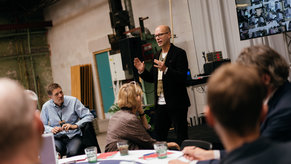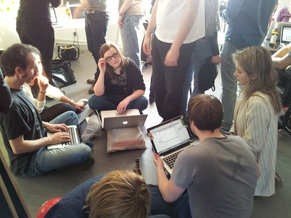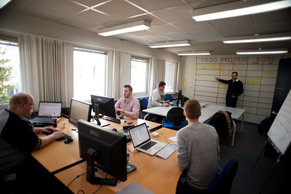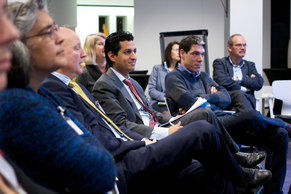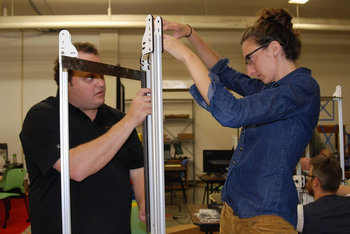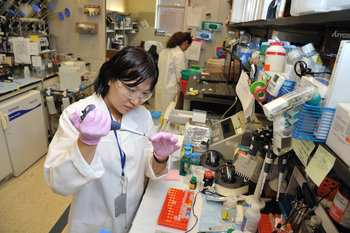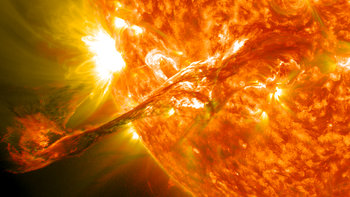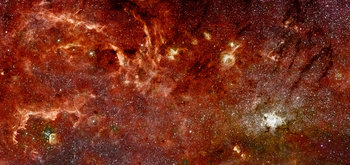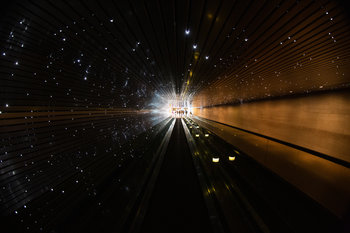
Bounded Growth
Bounded growth occurs where a growth rate is always decreasing such that the total will ultimately approach but not pass a fix value. For example, global population currently exhibits a declining growth rate such that it may hit some maximum in the future. It is also forecast that total world population may go into decline in the future.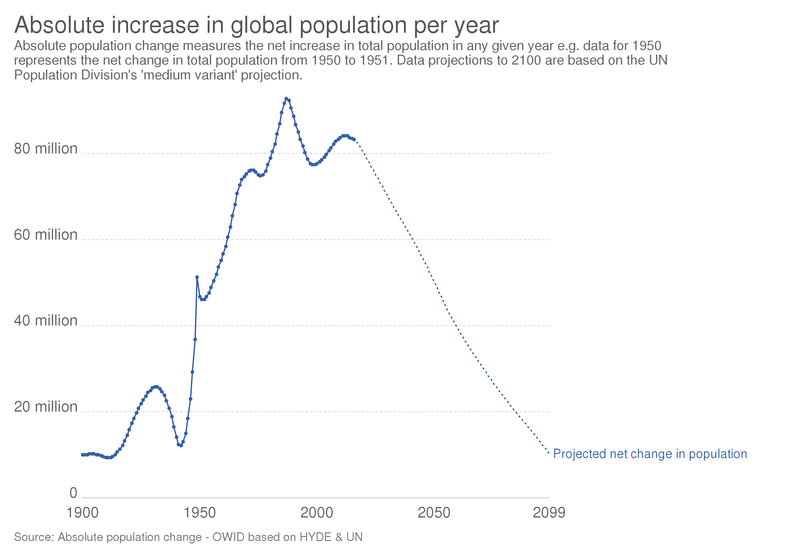
Linear Growth
Linear growth is a slow type of growth whereby the growth is the same amount in each time period. For example, an employee who gets a $5000 raise each year. This represents a declining growth rate as $5000 becomes less of a raise as you make more.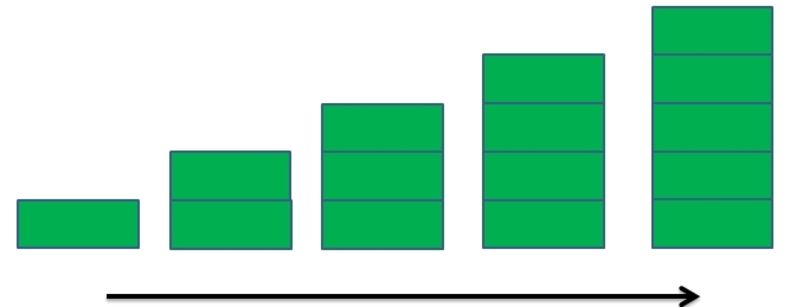
Exponential Growth
Exponential growth is growth that can be described with a function that has an exponent such as y=x2 or y=x3. This produces extremely fast growth. For example, a company that grows at 10% one year, 100% the next and 1000% the next.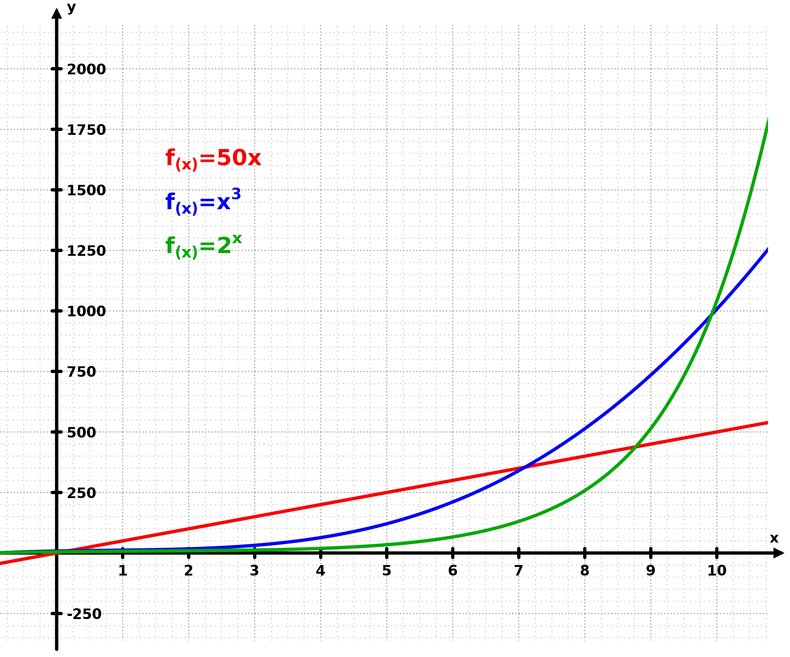
Logistic Growth
It is easy to construct doomsday scenarios around exponential growth because anything that grows that fast will quickly fill the universe. This rarely happens and exponential growth is usually temporary. This can be describe with a concept known as logistic growth that has a period of exponential growth followed by a flat line where growth stops or slows to linear.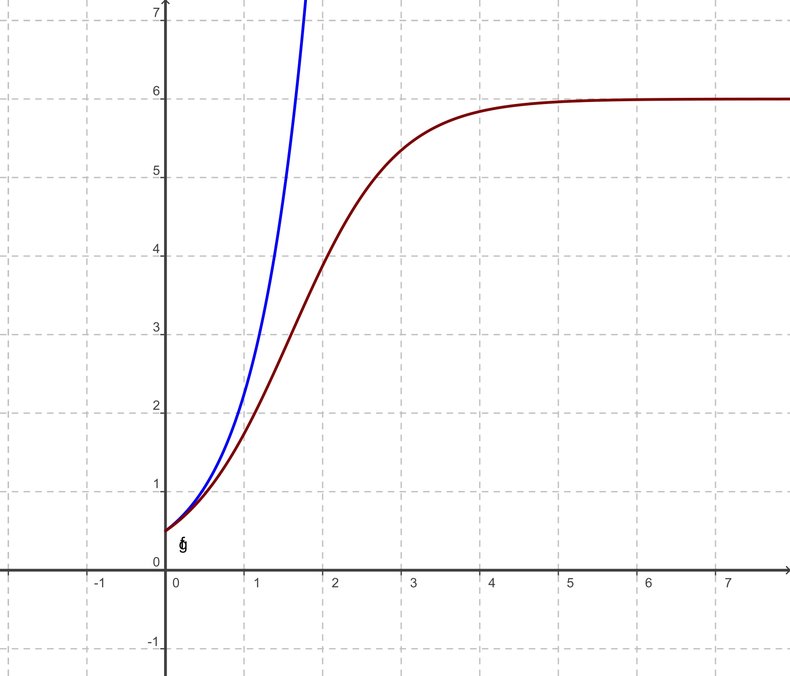
Hyperbolic Growth
Hyperbolic growth is growth that suddenly jumps towards infinity at a point in time. This point of time is known as a singularity and is considered to be almost instantaneous. This is quite rare except as a negative type of growth where something fails at a point in time. For example, a bridge that becomes slowly more unstable with each passing year until it suddenly fails within a second as it is placed under too much load and wind for its current condition to withstand.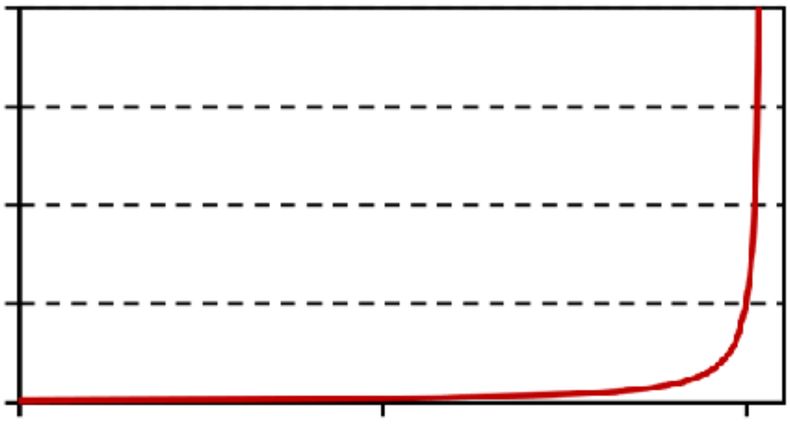
ERG Theory
ERG theory is the idea that human motivation and needs can all be described in terms of existence, relatedness and growth. Existence includes physiological and safety needs. Relatedness has to do with social needs. Growth relates to the need to develop and do something with your life.
Childhood
Childhood is a time of physical growth and development that involves learning and identity formation that are also described as growth. This involves play, risk taking, social interaction and study that give an individual the experiences required to eventually become an adult who is capable and resilient enough to thrive in a harsh and competitive world.
Growth Mindset
Growth mindset is the belief that one must continue to improve to avoid mediocrity and decline. For example, an adult who continues to learn and challenge themselves for their entire life.
Abundance Mindset
An abundance mindset is the belief that their is enough for everyone. This views all situations as win-win and problems of constrained resources as solvable. For example, viewing environmental problems as opportunity to step forward and lead with action and solutions.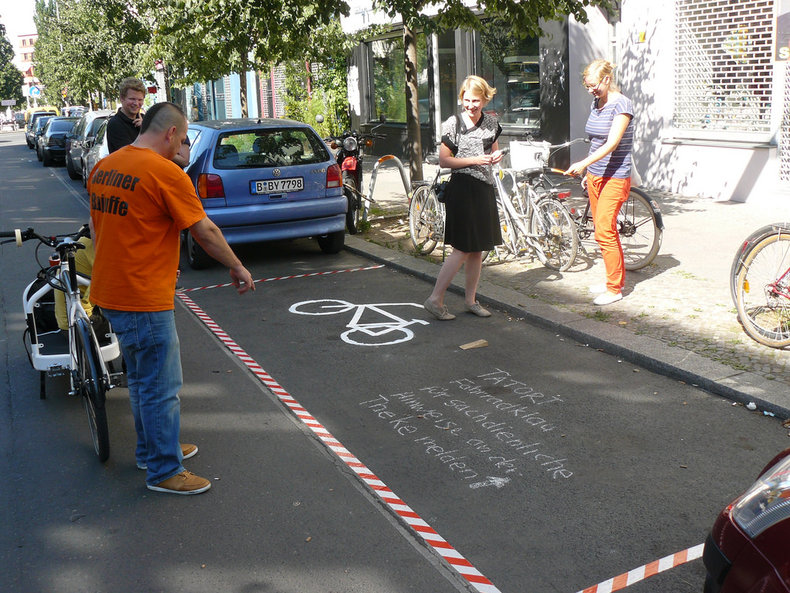
Scarcity Mindset
Scarcity mindset is the view that their isn't enough for everyone such that situations are win-lose. This can manifest as an ungenerous attitude towards others and the view that problems of constraint are intractable such that they require dire and bleak solutions.
Consumerism
To a large extent, the motivation to buy products and services can be explained in terms of a desire to grow, improve and develop. As such, growth can be viewed as a foundational customer need. Marketers know this and may present products as being life improving or self-fulfilling.
Economic Growth
Economic growth is an increase in the value of goods and services produced by an economy. In the context of population growth and inflation, nominal economic growth is required to sustain the current standard of living of a nation. In practice, most nations grow GDP per capita such that people become more affluent with time. Economic growth is so important to nations that periods of economic contraction known as recessions and depressions are considered stressful hardships.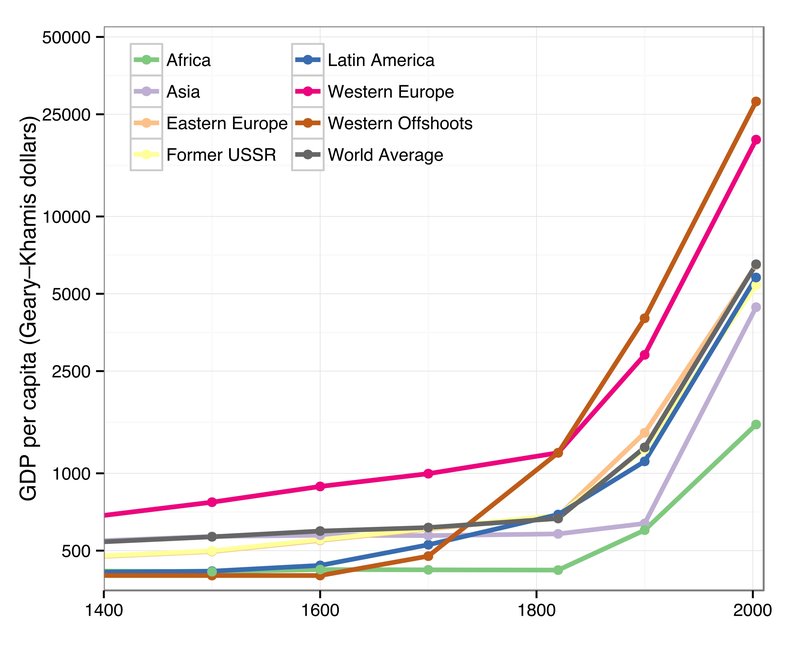
Uneconomic Growth
Uneconomic growth occurs where increased GDP leads to a greater increase in economic bads. An economic bad is a negative impact of economic production such as pollution or depletion of an endangered species.
Sustainable Growth
Sustainable growth is economic change that both increases value production and decreases economic bads. For example, an energy project that increases the energy capacity of a nation while reducing economic bads by allowing more destructive forms of electricity generation to be retired.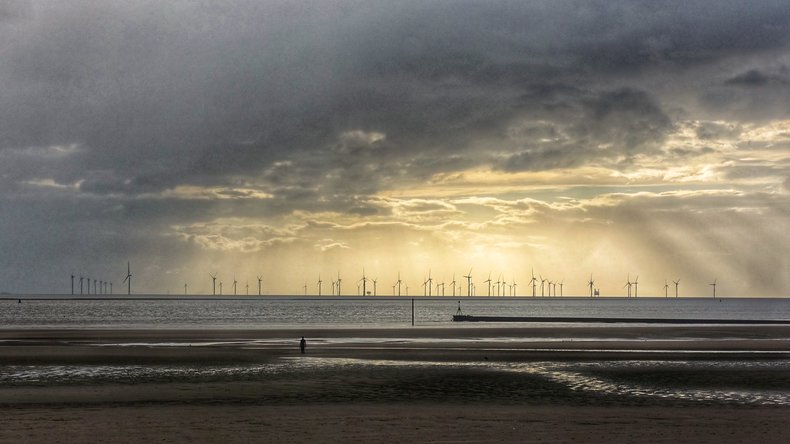
| Overview: Growth | ||
Type | ||
Definition | The process of increasing or improving. | |
Related Concepts | ||



